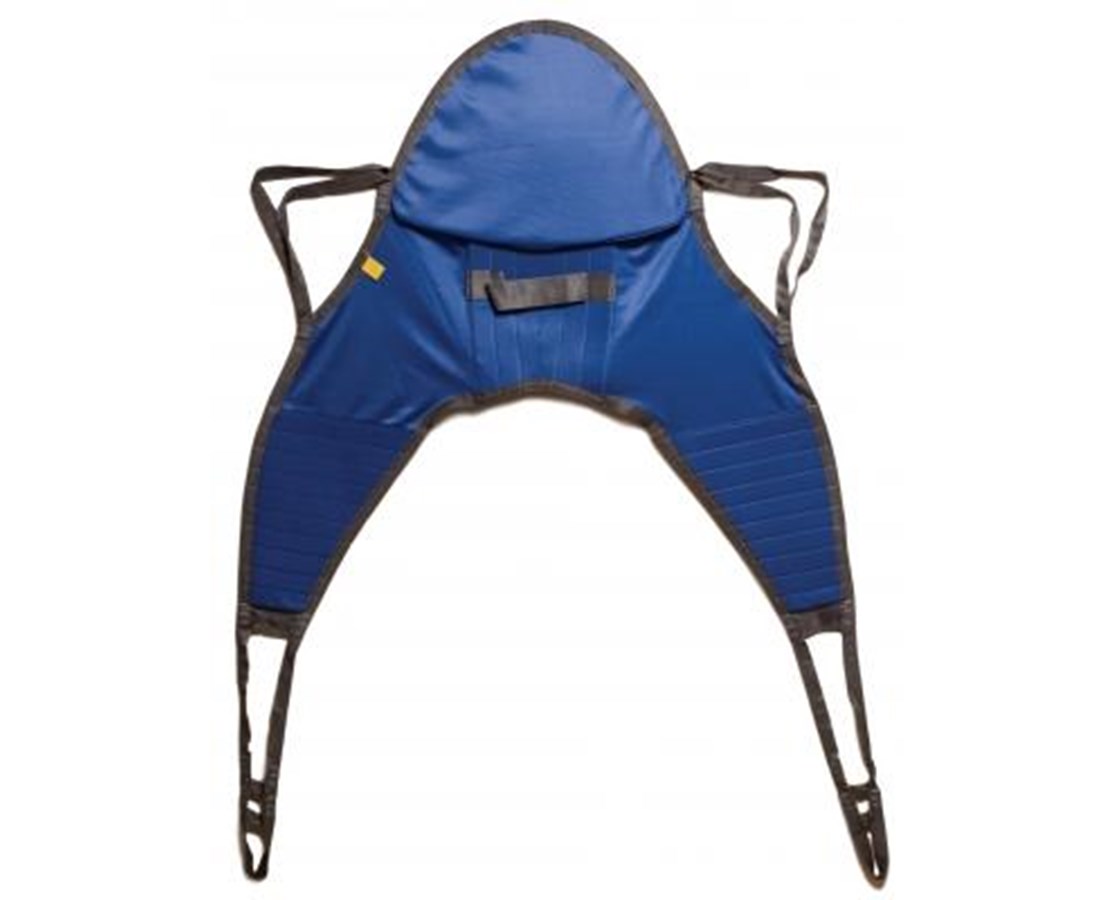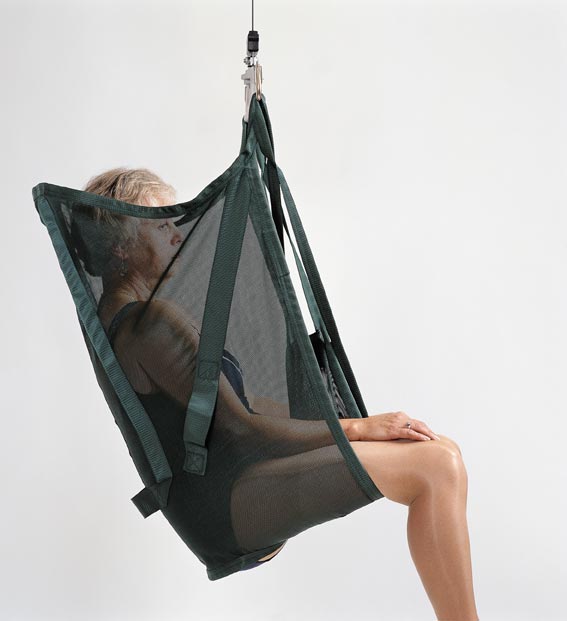

Sterilization uses physical or chemical procedures to destroy all microbial life, including bacterial endospores.ĭisinfection inactivates all pathogens but not all microbes. Think of sterilization, disinfection, decontamination, and cleaning as a hierarchy, with sterilization as the most stringent and cleaning as the most basic. Lifts and slings fall into this noncritical category. Low-level disinfectants include 70% to 90% alcohol, a 1:100 dilution of bleach, and quaternary ammonium germicidal detergents.
HOYER LIFT SLING SKIN
The intact skin acts as an effective barrier to most microorganisms, so using a basic cleaning and low-level decontamination is sufficient. Noncritical devices touch only intact skin and include crutches, bed boards, and blood pressure cuffs.These items usually require high-level disinfection. Semicritical devices come in contact with skin or mucous membranes that are not intact and include respiratory therapy equipment, anesthesia equipment, and flexible endoscopes.Critical devices come in contact with sterile body tissue and include surgical instruments, cardiac and vascular catheters, implants, and needles.pole can be splashed with blood or body fluids and become a vehicle of infection. A device designated as noncritical can still carry contaminants. These terms refer to the intended use of the device, not the degree of contamination. The Spaulding hierarchy-an approach to cleaning, decontaminating, disinfecting, and sterilizing medical equipment-sorts equipment into three categories: critical, semicritical, and noncritical. And to keep the lifts and slings infection-free, follow the manufacturer’s directions, which should be based on the principles and guidelines below.

When handling apparently contaminated equipment, wear disposable gloves to prevent the spread of infection or cross-contamination. What exactly should you do? Wash your hands after each patient contact and after handling slings and other patient equipment that have come into contact with the patient’s skin, body fluids, and bed linens, whether the equipment appears to be contaminated or not.

But they can contribute, so you need to take effective infection-control measures. That’s because they aren’t major contributors to nosocomial infection. When someone says “infection control,” lifts and slings probably aren’t the first two potential carriers that come to mind.


 0 kommentar(er)
0 kommentar(er)
